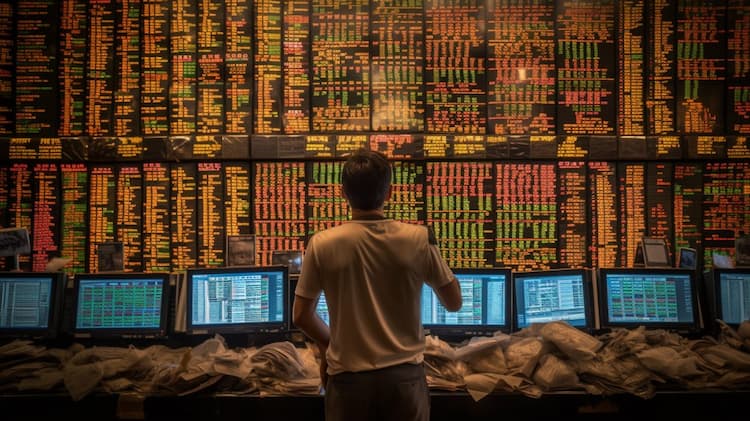
What is the SUNY ETF ?
Discover the world of ETFs (Exchange-Traded Funds) with an exploration of two popular options: the DRN ETF and the SUNY ETF. Learn about their unique features and investment strategies, providing insight into potential opportunities for investors.


